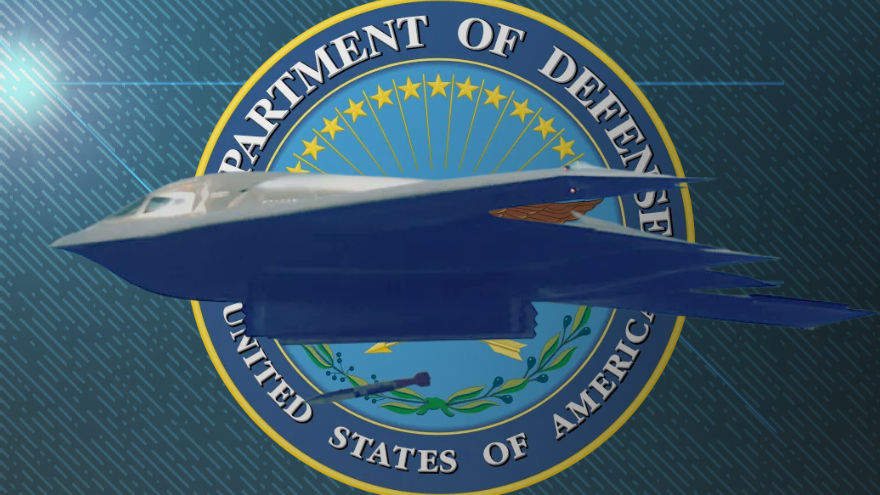The Department of Defense will create a modern variant of the B61 Gravity Bomb that is expected to be more powerful than either of the bombs dropped on Japan during World War II.
The bomb, to be named the B61-13, would be created by the Department of Energy’s National Nuclear Security Administration (NNSA) pending congressional approval of federal funding. The Department of Defense says that its plans to pursue the new variant are in alignment with the “demands of a rapidly evolving security environment.”
“Today’s announcement is reflective of a changing security environment and growing threats from potential adversaries,” said Assistant Secretary of Defense for Space Policy John Plumb in a press release on Oct. 27. “The United States has a responsibility to continue to assess and field the capabilities we need to credibly deter and, if necessary, respond to strategic attacks, and assure our allies.”
“The B61-13 represents a reasonable step to manage the challenges of a highly dynamic security environment,” added Plumb. “While it provides us with additional flexibility, production of the B61-13 will not increase the overall number of weapons in our nuclear stockpile.”
The DOD said the new variant would replace some of the current stockpile of B61-7s. In an accompanying fact sheet, the agency stressed that the B61-13 would give the President “additional options” when deciding how to handle “certain harder and large-area military targets” as “deterrence and assurance are enhanced if the United States can continue to deny an adversary sanctuary from attack.”
The variant would use the same warheads as the B61-7s that were created in the 1980s and the 1990s and the casing styles and tail kit of the B61-12 according to a statement to Hans Kristensen, a nuclear weapons expert at the Federation of American Scientists who spoke with DefenseNews.
“This initiative follows several months of review and consideration,” noted the Defense Department. “The fielding of the B61-13 is not in response to any specific current event; it reflects an ongoing assessment of a changing security environment.”
According to Fox News, the B61-13 will have a maximum yield of 360 kilotons – 24 times more than the bomb dropped on Hiroshima and 14 times larger than the bomb dropped on Nagasaki.
The Defense Department’s announcement came three days after Russia withdrew from the Comprehensive Nuclear Test Ban Treaty, which was created in November of 1996. The treaty banned all intentional nuclear explosions for any purpose and created an international monitoring system and data collection center.
The treaty was never ratified by China, India, Pakistan, North Korea, Israel, Iran and Egypt.
“Putin has said that revoking Russia’s 2000 ratification would ‘mirror’ the stance of the US, which signed but did not ratify the nuclear test ban,” reports The Guardian. “Putin has noted that while some experts have argued that it is necessary to conduct nuclear tests, he has not yet formed an opinion on the issue.”
Russian officials held a nuclear strike drill hours after ratifying a bill terminating its involvement with the treaty.
